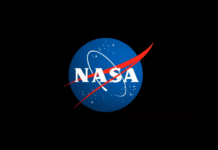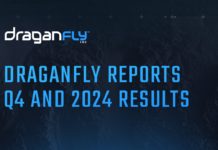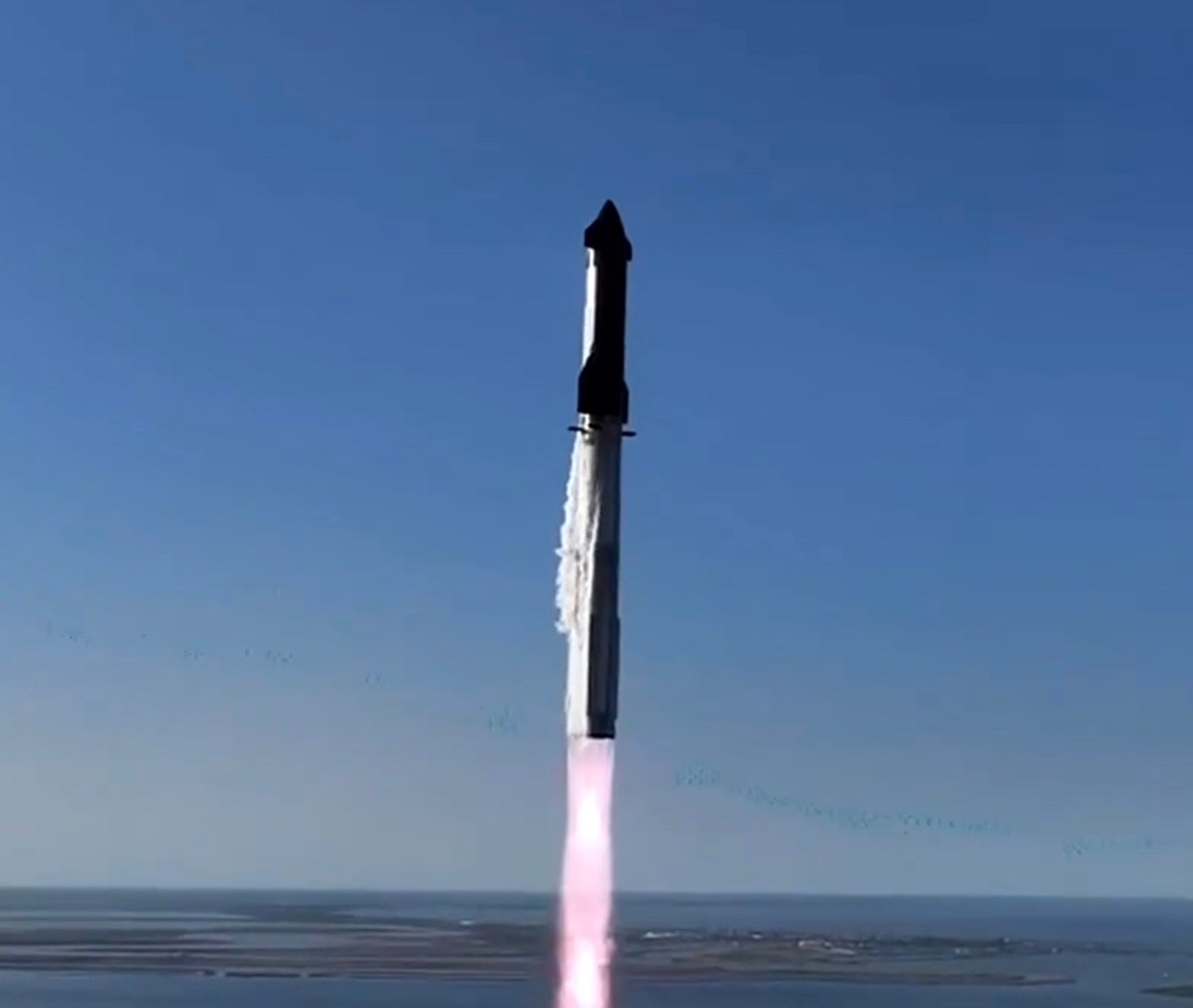SpaceX’s Starship Undertakes Sixth Test Flight with Noteworthy Adjustments
On November 19, SpaceX successfully launched its Starship vehicle on its sixth test flight from the Starbase test site located in Boca Chica, Texas. This launch, however, was marked by an unexpected decision to cancel the planned landing of the Super Heavy booster back at the launch site. The Starship/Super Heavy vehicle lifted off precisely at 5 p.m. Eastern, marking the beginning of a 30-minute launch window, with no reported issues during the countdown phase. Among the notable attendees at this launch was President-elect Donald Trump, who has maintained a strong rapport with SpaceX’s Chief Executive Officer, Elon Musk, following the recent elections.
Launch and Booster Separation
The Super Heavy booster, identified as Booster 13, successfully separated from the Starship upper stage approximately two minutes and 45 seconds after the vehicle took off. Following separation, the booster initiated its journey back to the launch site. However, just over a minute into its return, the mission controllers declared a "booster offshore divert," which implied that the booster would not be making its return to the launch pad as initially planned.
While SpaceX did not publicly specify the exact issue with the booster that necessitated this diversion, the booster executed a powered "landing" in the Gulf of Mexico, just offshore from the launch site. Unfortunately, the booster tipped over and exploded seconds later, marking a minor setback for SpaceX. This incident followed a successful "catch" of the booster at the launch tower during the previous launch on October 13.
Starship’s Upper Stage Performance
Despite the booster landing mishap, the Super Heavy booster managed to propel the Starship upper stage, dubbed Ship 31, onto a suborbital trajectory. During its brief stint in space, SpaceX successfully reignited one of the Starship’s Raptor engines. This test was crucial for assessing the capabilities required for deorbit burns in future missions.
Post-separation, Starship performed a reentry maneuver over the Indian Ocean. Prior to the flight, SpaceX had announced a change in the reentry profile to "purposefully stress the limits of flap control," among other modifications. Additionally, an older version of the thermal protection system was utilized compared to the previous flight.
Kate Tice, one of the SpaceX webcast hosts, advised viewers not to be taken aback by potential irregularities during the flight to splashdown. The company was intentionally pushing the vehicle to its limits to gain insights into its capabilities as they plan for future missions involving the return and catch of the Starship, similar to the Super Heavy booster.
Reentry and Splashdown
Starship successfully endured the reentry phase, though there appeared to be some damage to a flap and other components of the thermal protection system. The vehicle executed a powered soft landing in the ocean, 65 and a half minutes after liftoff. It then tipped over onto its side, floating on the surface. The adjustment in launch timing from morning to afternoon facilitated a daylight splashdown in the Indian Ocean, allowing for enhanced video coverage of Starship’s return.
Upcoming Upgrades for Starship
Incorporating advancements into the next version of the Starship upper stage, SpaceX is set to stretch the vehicle to accommodate larger propellant tanks, thereby increasing the payload capacity from 1,200 to 1,500 tons. The forward flaps, responsible for controlling the vehicle during reentry, are now smaller and repositioned to offer greater heat protection. Although SpaceX has not provided a specific date for the next launch, these upgrades signify a significant step forward in the vehicle’s development.
FAA and Flight Authorization
One of the factors enabling SpaceX to conduct this flight just over a month after the previous one was the company’s ability to proceed without modifying its launch license granted by the Federal Aviation Administration (FAA). The license issued for the fifth flight also approved this sixth flight, as the alterations for this mission were considered "within the scope of what has been previously analyzed," according to the FAA’s October release.
Conclusion
SpaceX’s continuous development and testing of the Starship vehicle demonstrate the company’s commitment to pushing the boundaries of space exploration technology. Despite the challenges and setbacks faced during this sixth test flight, the valuable data and insights gained are instrumental in advancing SpaceX’s ambitious goals, including future manned missions and the potential colonization of Mars. As SpaceX continues to refine the Starship and Super Heavy booster systems, the aerospace industry and space enthusiasts alike eagerly anticipate the next milestones in this groundbreaking journey.
For more information on the developments of SpaceX and the Starship program, visit the SpaceNews website.
For more Information, Refer to this article.


































